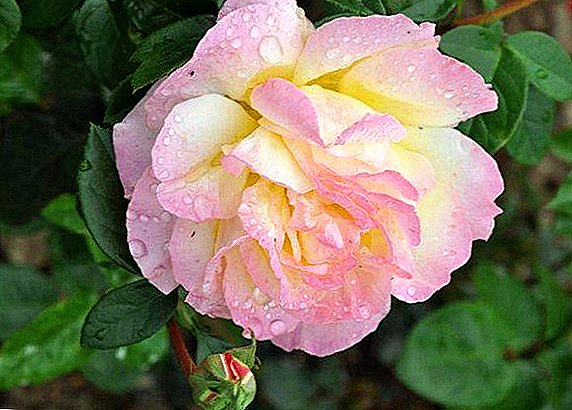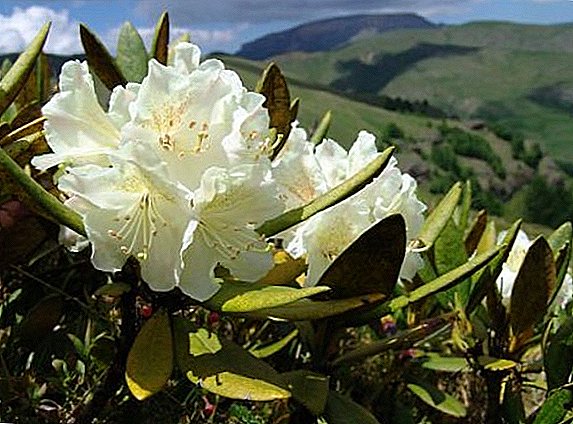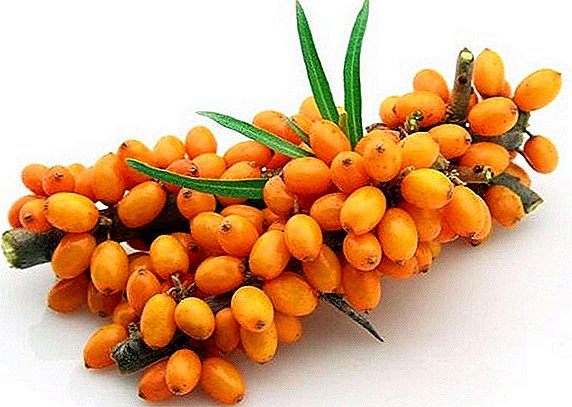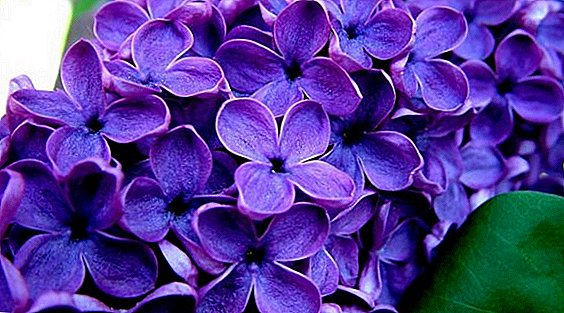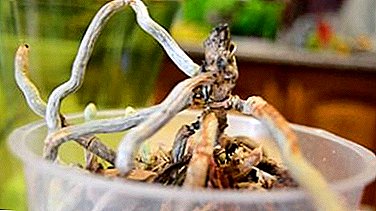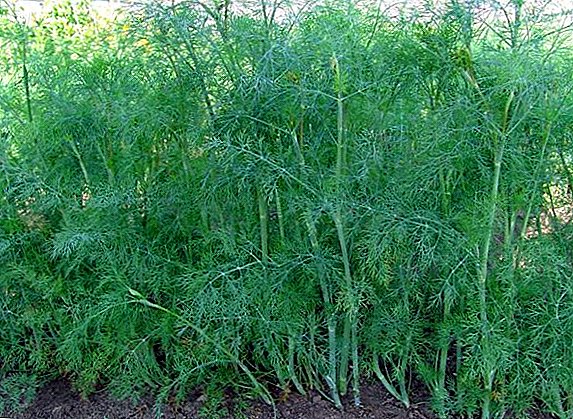
Currently, succulents are increasingly gaining popularity among gardeners.
These plants perfectly fit into any modern interior and create a special atmosphere of comfort in the house.
Thanks not difficult care they are often recommended even to beginners.
Of all the variety of succulents, the representative with the title deserves special attention. adromiscus.
Plant description
Adromiscus - succulentbelonging to the family of pulpwort.
Adromischus is translated as “thick-stemmed” and is derived from the Latin words “adros” (fat) and “mischos” (trunk). The flower is native to the southern and southwestern territories of Africa.
The plant is a compact, perennial shrub with a short stem and fleshy rounded leaves. Inflorescences spiciform.
Kinds
In nature, there are about 65-70 representatives of this succulent. At home, only some of them are widespread.
 Adromiscus Comb (Adromischus Cristatus).
Adromiscus Comb (Adromischus Cristatus).
It is a compact shrub, reaching only 13-15 cm in height. The stems of a young plant are upright, and then become hanging down.Top covered with air elongated copper roots. The leaves are triangular in shape, green, with wavy tops, up to 4 cm in length. Flowers are white and green, pink around the edges.
- Adromiscus umbrella-shaped (Adromischus Umbraticola).
Perennial succulent with upright short stalk, aerial roots and gray-green leaves, narrowed to the base and rounded at the ends (up to 5 cm in length).The flowers are small, in the form of spikelets, whitish-pink. Pedicels 3-5 cm long, gray-green. The kidneys are cylindrical. Found in nature in Africa.
- Adromiscus Cooper.
It is called Adromiscus copper. The species is characterized by a highly branching, erect stem (9-10 cm in length) and smooth cushion-shaped green leaves that are capable of acquiring a burgundy shade in the sun.The roots are aerial, reddish.
- Adromiscus Marianna Hera (Adromischus Herrei).
Occurs under the names: Adromischus marianae v. herrei, Adromishus Marianae var. Herre, or Marianna Hera. Attracts attention with an unusual appearance.A small slow-growing shrub (up to 10 cm in length) with warty, plump, green leaves with red-brown (or purple) shade.
The leaves are able to acquire color depending on the lighting, watering, temperature. With a lack of lighting can lose a bright color, turn green. The flowers are small, about 1 cm, pink.
A photo
Adromiscus comb:
Adromiscus umbrella-shaped:
Adromiscus Cooper:
Adromiscus Marianna Hera:
Care
Caring for Adromiscus is not difficult.. Follow the simple rules so that the plant grows well and can maintain its aesthetic decorative appearance.
Temperature
Thermophilic plant. In summer, he is comfortable in a room with a temperature of 23 to 30 degrees. Closer to winter, the temperature should be reduced to 8-12 degrees.
At this time, a period of rest. Be sure to maintain the temperature in the winter.
Watering
In spring and summer, the flower is watered regularly. In the autumn, watering gradually begins to reduce, as the onset of cold weather. In winter, the succulent is watered when absolutely necessary, if the soil is very dry.
Lighting
 This species is good perception of sunlight. He will feel comfortable on the windowsills of the south, southeast windows without being darkened by the sun.
This species is good perception of sunlight. He will feel comfortable on the windowsills of the south, southeast windows without being darkened by the sun.
In the shadow not desirable to grow, because the flower can stretch out, and the leaves will lose the bright color, which is inherent in many types of adromiscus.
In late spring and summer, it is recommended to air the room more often, to carry the plant to fresh air.
In winter, additional artificial lighting should be provided (if required).
Humidity
Adromiscus feels great indoors even with very dry air. Even on hot summer days, he does not require additional wetting or spraying with water.
The soil
The earth should be loose, well pass oxygen and water to the roots. Heavy soil is detrimental to adromiscus. At the bottom of the pot must be put a layer of drainage.
Fertilizer
Succulent need not be fed in autumn and winter. In spring and summer you can fertilize 1 time in 30 days. For this, a special liquid fertilizer for succulents and cacti is best suited.
Transfer
Succulent does not require frequent transplantation. This should be done when the roots grow and the plant will be cramped in the same capacity.
Leaving after flowering
Flower growers often ask: "what to do with the buds after they bloom"? Although the appearance of dried flowers clearly do not decorate, do not rush to cut them, as you can harm the plant.
When the flowers are completely dry, they can be cut with shears at the very base or gently pull out with your hand.
Breeding
 The plant can be easily propagated by cuttings or individual leaves. Fallen leaves root easily and begin to grow quickly.
The plant can be easily propagated by cuttings or individual leaves. Fallen leaves root easily and begin to grow quickly.
Propagate flower better in late spring.
To do this, remove 3-4 old leaflets near the tip and put them on a newspaper sheet to dry a little.
Then place them on the ground with the stalks down. The tops can be placed on the edge of the pot or sprinkled on top of the ground so that they are in a stable position.
Water leaves can not be until the roots appear.
Young shoots formed directly from the base of the leaves.
Old leaves can be removed when they are completely wilted and dry.
Pests and diseases
The best prevention of the occurrence of diseases and pests is good, regular and proper care. Problems are almost always associated with improper care of the plant.
Frequent pests for succulents are: mealyworm, spider mite, aphid. Reliable assistant - insecticide treatment. At defeat shield, the affected leaves promakiruyut alcohol cotton swab.
 Most dangerous for adromiscus is root rot.. Irregular (excessive) watering, keeping in a cold room leads to its occurrence.
Most dangerous for adromiscus is root rot.. Irregular (excessive) watering, keeping in a cold room leads to its occurrence.
To save the plant you need to pull it out of the pot, remove the affected parts, clean the root system from rot, rinse in a weak solution of potassium permanganate and land in a new container with the ground.
Adromiscus is becoming an increasingly popular indoor plant. It attracts the attention of unusual appearance and charming flowering. Care for him is not difficult.
If you give him your care and attention, for many years he will be the main decoration of your apartment.


 Adromiscus Comb (Adromischus Cristatus).
Adromiscus Comb (Adromischus Cristatus).